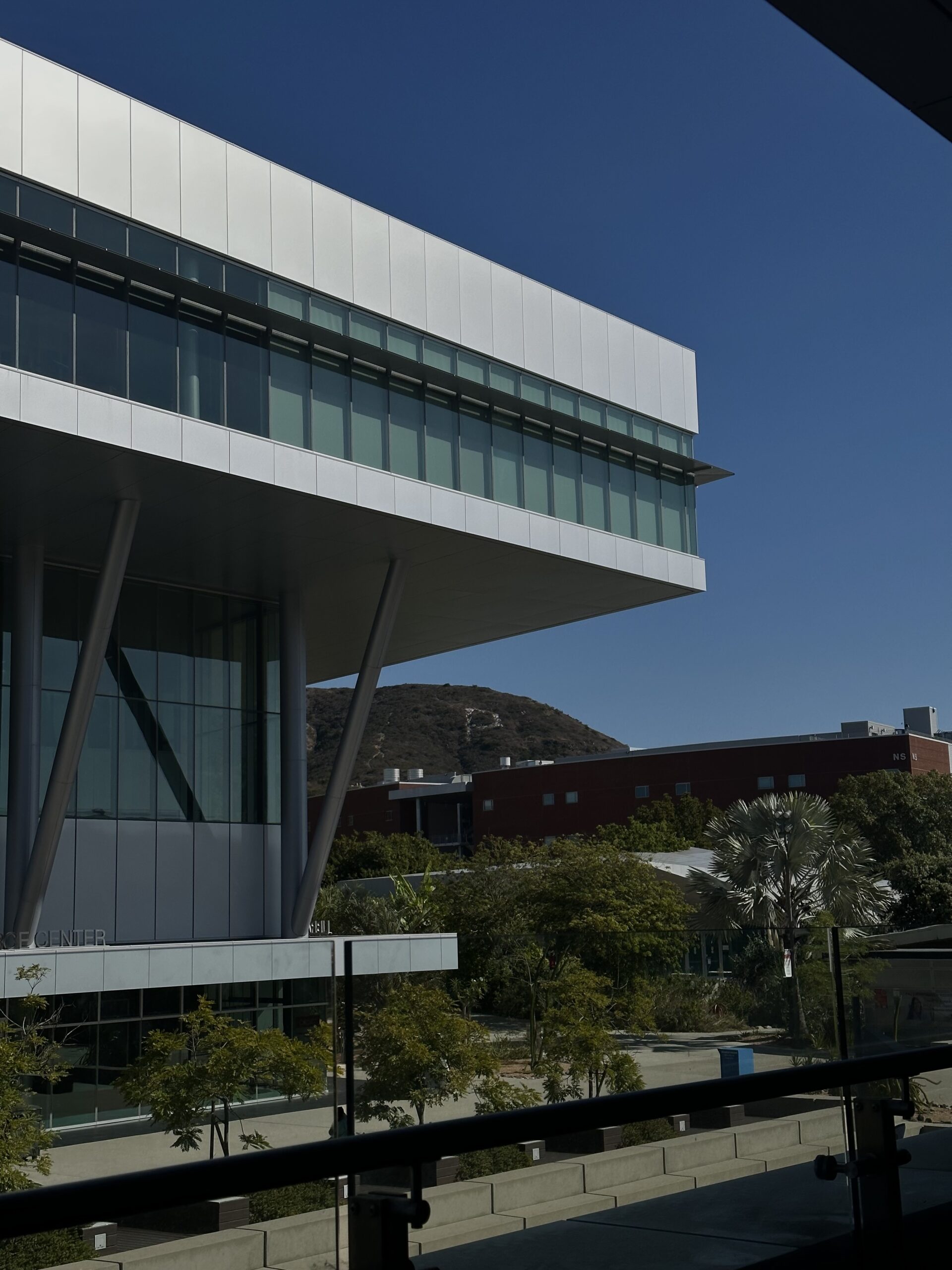SAN MARCOS— Palomar College is back open and ready for applicants. After having to switch to online during the COVID-19 pandemic, Palomar is converting back to on campus classes, but is it the same?
During COVID-19, Palomar was forced to convert to online classes, and there was a bit of controversy. According to a 2021 Frontiers in Psychology study, “33% of students surveyed reported feeling that their academic future was at significant risk due to the pandemic.”
“41% of US graduate students prefer online education to traditional education. Research has found that of American graduate students, two in five believe that online education actually offers a better all-around experience than a traditional experience in a college-level classroom,” according to Devlin Peck, instructional design coach and eLearning consultant.
Former Palomar Professor Sonia Gutierréz experienced it all. From teaching in-person, to online, then to hybrid, she embraced every transition. “Now that students have been exposed to online, time has a new meaning in education,” Gutierréz said. Student compatibility with online has helped Sonia get better engagement from her students. “I found online successful and I had good student retention.”
Although Gutierréz enjoyed online, she said, “The face-to-face bond is beautiful, and it’s a really beautiful feeling.”
Palomar College has done a great job evolving as a school through the entire pandemic. Although difficult, Palomar has always prioritized student life, which continues to grow.
Palomar College began its transition to online following the March 2020 spring break. Due to backlash and student dropouts, Palomar began refunding students who paid for parking permits or classes. In April 2020, Palomar announced they would be adjusting their grading policies for the spring semester due to the impact of COVID-19.
Palomar handled the pandemic to the best of its ability, while still trying its best to accommodate to student recommendations. Coming back to campus, Palomar enforced safety regulations to ensure the safety of students, including masks and social distancing.
Students were struggling to feel the same way after COVID-19 as before, and there was a major decline in student participation. Was this Palomar’s fault though? After so long of being stuck in quarantine, sadness and uncertainty were universal feelings for students, workers, teachers, with everyone just jumping back into the new reality.
It is unfair to judge a school solely based on its ability to recover from such a devastating pandemic. The campus won’t feel the same because it’s not. Losing students, teachers, and staff due to COVID-19 is depressing, and it is completely normal to feel sad returning to Palomar.
Palomar College did its best to prepare for student and faculty return. Ensuring sports and clubs were still being prioritized while balancing safety regulations, was difficult but slowly successful.
The campus has evolved tremendously with amazing food, clubs, sports, and class flexibility, and students are flourishing. Now, Palomar offers virtual, face-to-face, and hybrid classes to suit anyone’s educational preferences.


Comments are closed, but trackbacks and pingbacks are open.